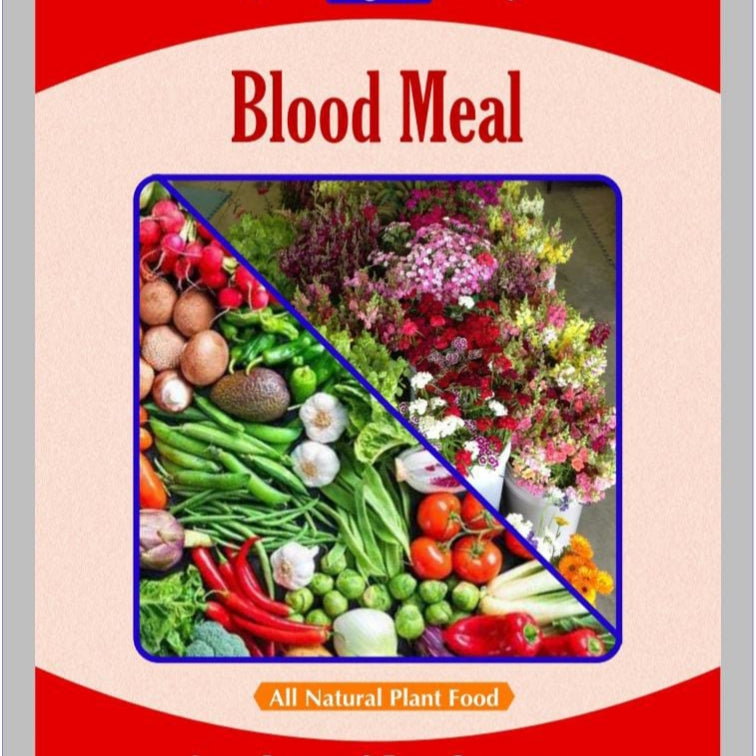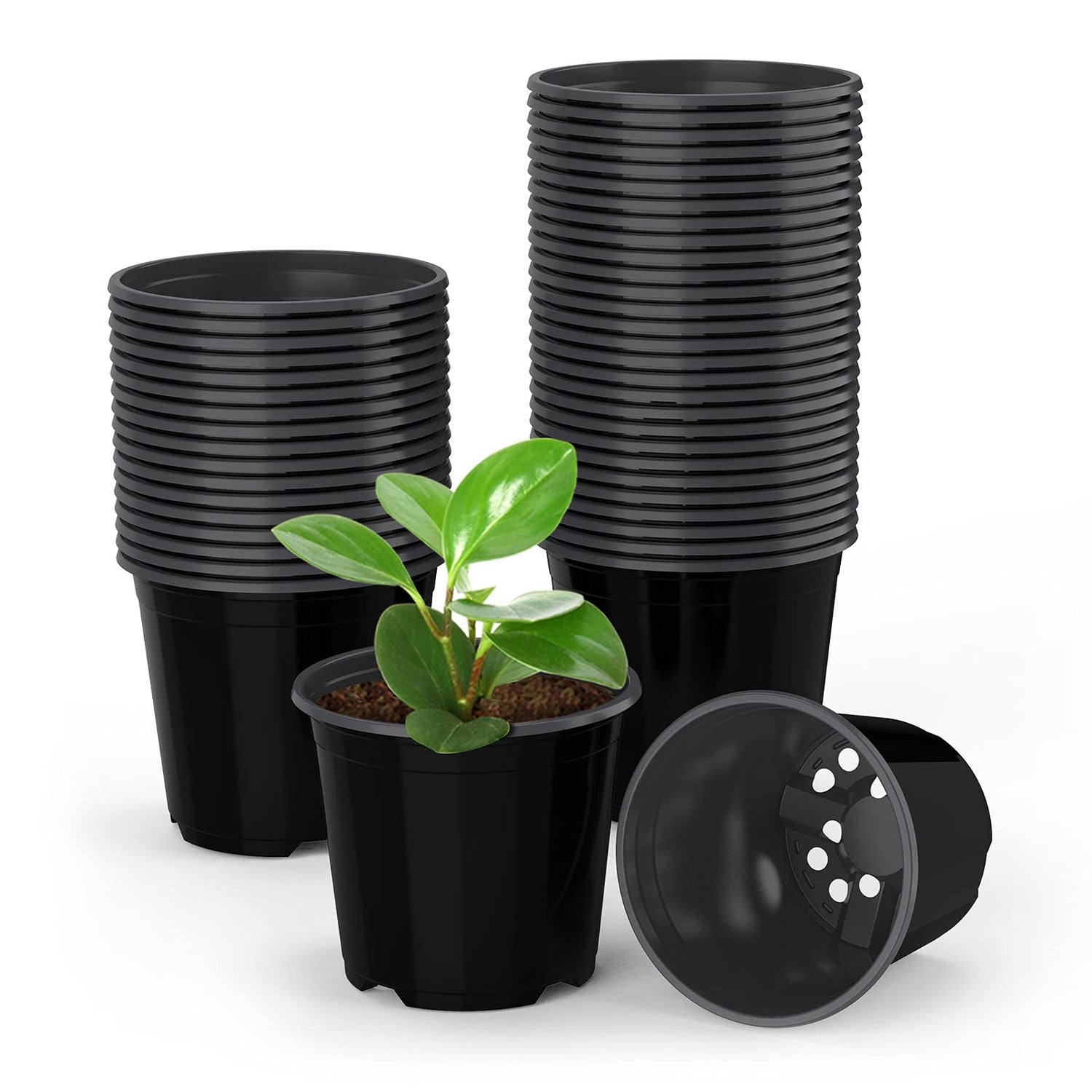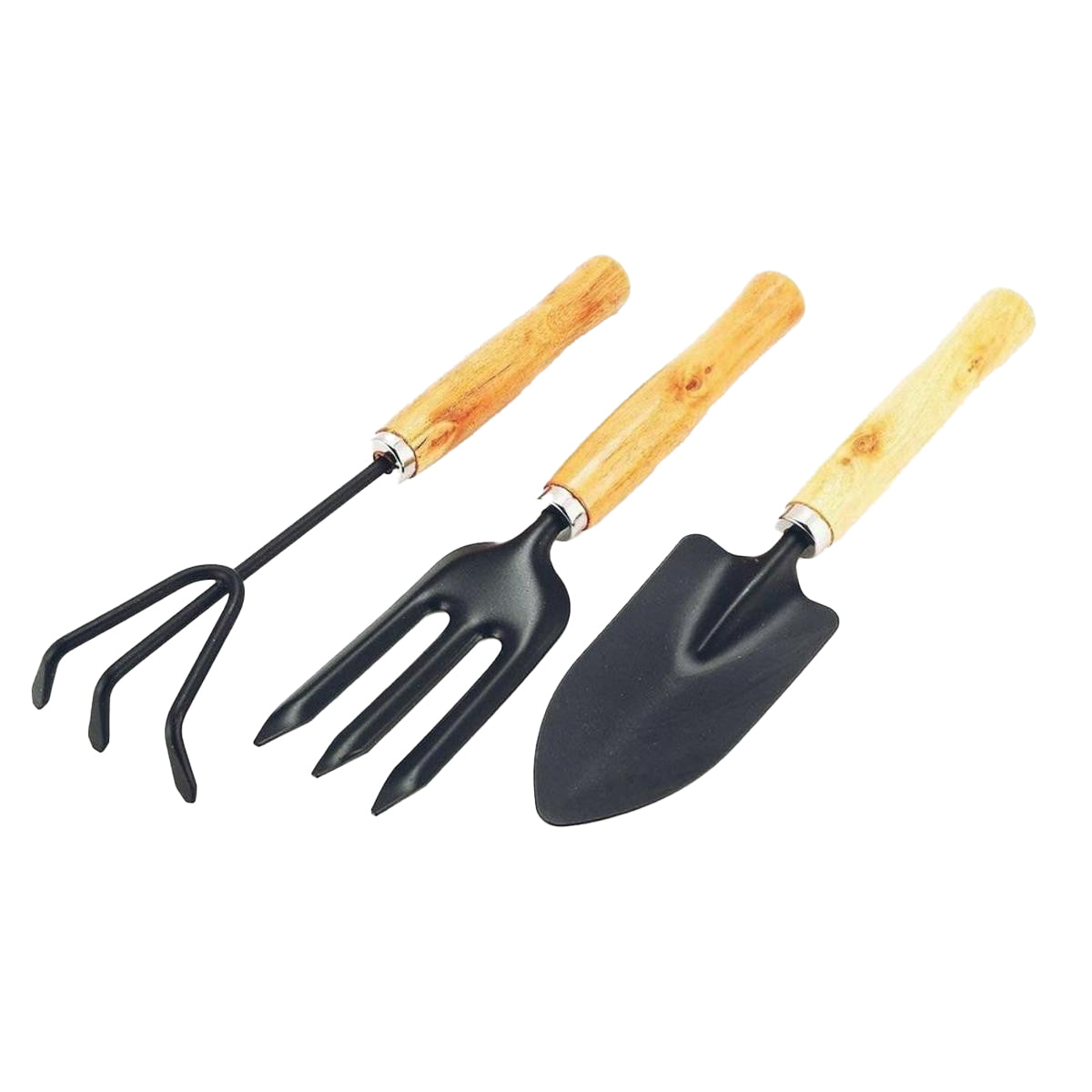
Blood Meal (بلڈ میل فرٹیلائزر) is a natural, nitrogen-rich fertilizer made from dried animal blood. It provides a quick boost of nitrogen, making it ideal for leafy vegetables, flowering plants, fruit trees, and nitrogen-deficient soil. Perfect for crops like spinach, chillies, cauliflower, cabbage, and coriander, it encourages fast leaf development and healthy green growth.
Its fine texture makes it easy to apply in garden beds or pots, and it's fully safe for food crops when used correctly.
Benefits:
- High Nitrogen: Encourages fast, leafy growth and strong stems
- Fast Acting: Quickly corrects yellowing leaves caused by nitrogen deficiency
- Organic: 100% natural, animal-based fertilizer with no harmful chemicals
- Improves Soil Fertility: Enhances microbial activity and overall soil health
- Versatile Use: Suitable for vegetables, flowering plants, shrubs, and fruit trees
How to Use Blood Meal
1. Garden Beds:
- Sprinkle 1–2 tablespoons per square foot around the base of plants
- Mix into the topsoil and water immediately
2. Potted Plants:
- Use 1 tablespoon per 12-inch pot, mixed into the soil or as a top dressing
- Water after application
3. Nitrogen Deficiency (Yellow Leaves):
- Apply 2–3 tablespoons per square foot for fast recovery
- Water thoroughly and repeat only if needed after 8–10 weeks
FAQs – Blood Meal Fertilizer
Can I use blood meal on flowering plants?
Yes, it’s helpful during the early growth stage to promote healthy foliage. Avoid overuse during flowering as excess nitrogen may reduce blooms.
Is it safe for food crops?
Yes. Blood meal is commonly used on vegetables, fruits, and herbs. Just wash your harvest before consumption.
How often should I apply it?
Apply every 8–10 weeks during the active growing season. Avoid using more frequently unless plants show signs of nitrogen deficiency.
Does blood meal smell bad?
It has a mild, earthy smell that fades quickly after watering. Mix it into soil instead of leaving it on the surface.
🌿 Tip for Best Results:
Use blood meal at the start of the growing season to prepare the soil, then follow up with balanced fertilizers or liquid seaweed for long-term results.







